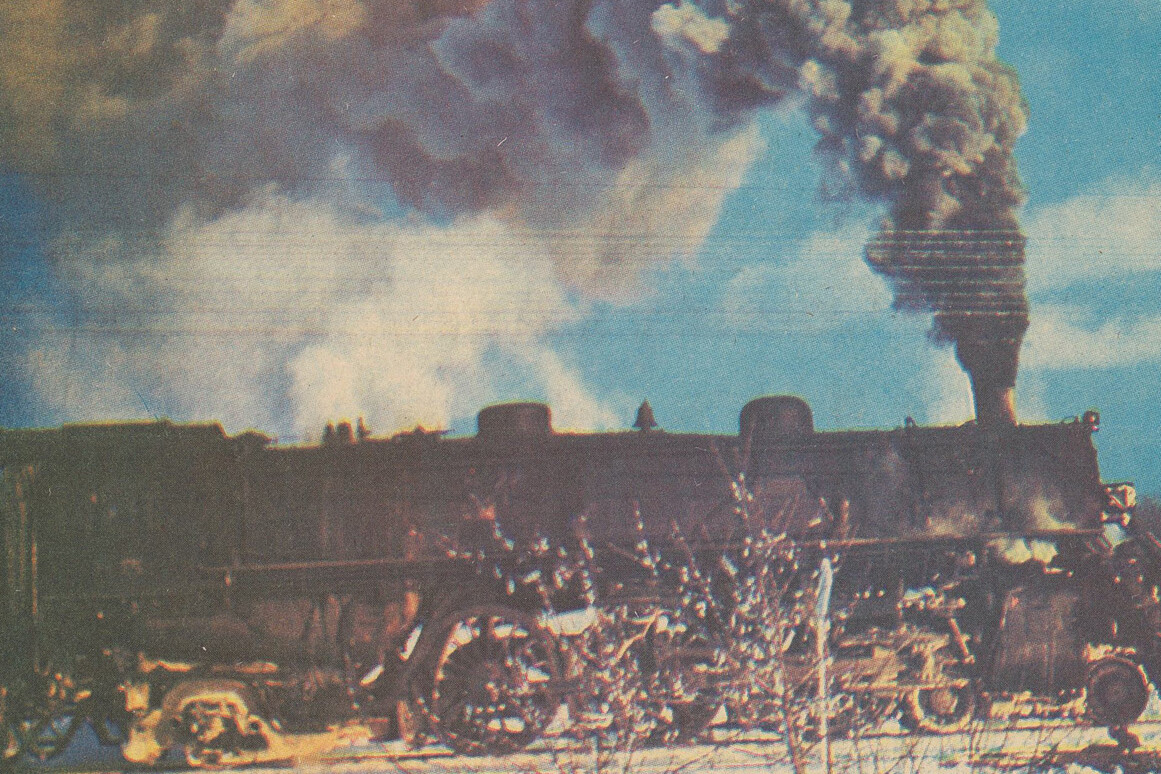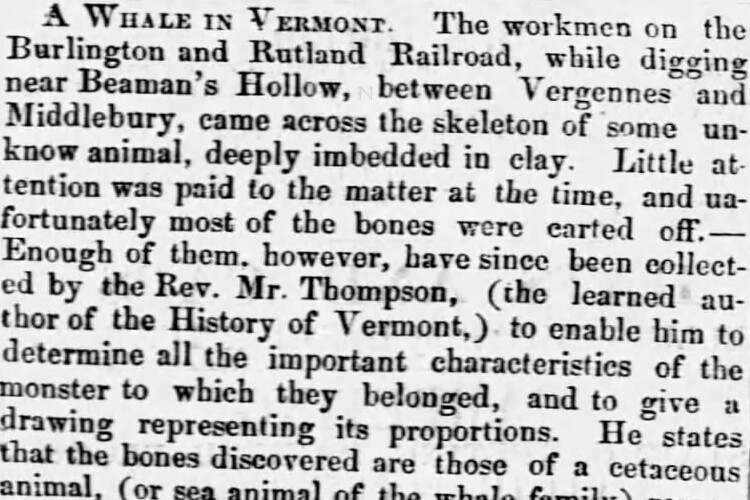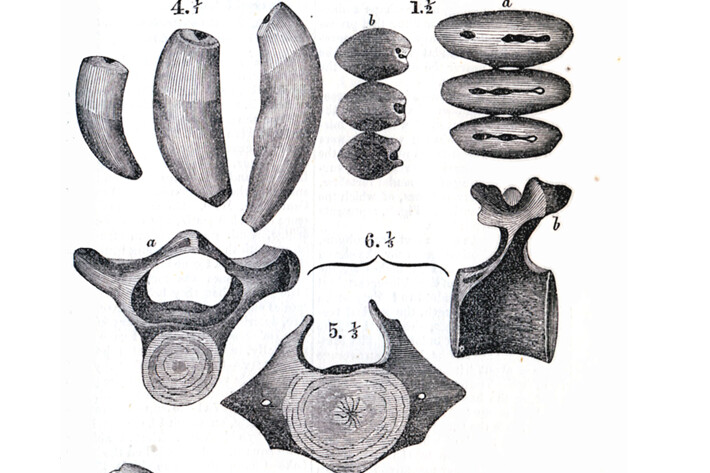Charlotte Whale
How did a whale fossil end up in Vermont?
In the 1840s, Vermont's first railroad was being built. The railroad would connect people across Vermont. In 1849, workers were digging for the railroad outside of Charlotte, Vermont. During the dig, the workers discovered bones buried in the dirt. The workers ignored their discovery(finding something that was previously unknown) for a few days. They would often find old animal bones in farmlands. A local from Charlotte walked by the bones one day. They thought the bones looked strange. They had a naturalist(a person who studies natural history) from the University of Vermont come to look. Zadock Thompson arrived to study the bones.
The workers damaged the skull during the excavation(removing material to find an object). The rest of the fossil(the remains of a something once living) was still buried in the dirt. Thompson worked to preserve(to keep safe from harm) the fossil and took the bones with him. Thompson reconstructed(to have been put back together) the bones. The bones were from an animal unlike anything else in Vermont. The fossil was a beluga whale! Belugas are marine(relating to the sea) mammals that still live in the Atlantic Ocean today. This fossil was very far from the ocean and found on land. How could the fossil get to Vermont?
12,500 years ago, parts of Vermont were underwater. Large glaciers once covered the state of Vermont and pushed the land down from the weight. Water from the ocean flooded the land, including the area around Charlotte. This created the prehistoric(a time before current history) Champlain Sea. The whale died in the Champlain Sea. Sediment(mineral deposited by water, air, or ice) buried the bones and protected the whale from scavengers. Over time, the land got warmer. The glaciers receded(to have moved away), and the land rose to where it is today. The Champlain Sea dried up. The Charlotte Whale skeleton is now at the Perkins Geology(a science that deals with earth's physical structure) Museum at the University of Vermont. In 1993, the white whale became Vermont’s state marine fossil.
Thinking About History
Historians ask questions to think deeply about history.
The whale fossil is evidence of how Vermont's land has changed over the past 12,500 years. What are other examples of how Vermont's landscape has changed?
Learn More
Follow the links below to explore related topics.
Learn more about Charlotte, the Vermont Whale, at the UVM Perkins Museum of Geology
Watch the video Charlotte Whale from This Place in History
Read the article Beneath the Surface from Historic Roots Magazine
Explore how Vermont's landscape has changed over time with the Landscape Change Program website
Watch the video Mount Holly Railroad from This Place in History about a mammoth fossil
Copy and paste this citation to show where you did your research.
Vermont Historical Society. "Charlotte Whale." Vermont History Explorer. Accessed December 22, 2025. https://blog.vermonthistoryexplorer.org/charlotte-whale


